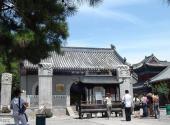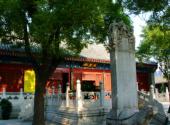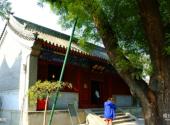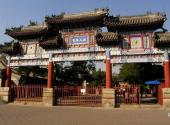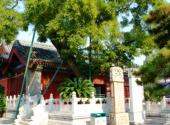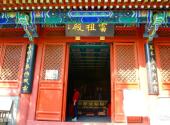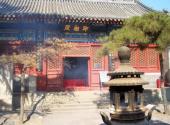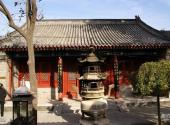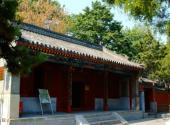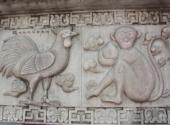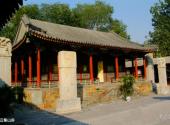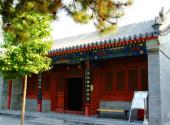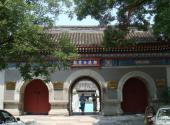
Scenic spot introduction:
Beijing Baiyun Temple is the first jungle of Taoism and one of the three ancestral temples of Taoism. Today, Baiyun Temple has become a major scenic spot in Beijing, attracting pilgrims from home and abroad with its unique charm. Every Spring Festival The folk temple fairs are bustling with tourists and are an important window for people to understand Chinese Taoist culture and traditional customs.Attractions distribution:
Baiyun Temple is located outside Xibianmen in Beijing. It is the first Taoist temple in Quanzhen and the ancestral hall of Longmen Sect. Tianchang Temple of Tang Dynasty is its predecessor. According to Liu Jiuxiao's "Re-Xiu Tianchang Temple Stele" of Tang Dynasty, it is recorded that Emperor Xuanzong of Tang Dynasty worshiped Taoism and worshiped Taoism. Laozi built this temple. After the Jin Dynasty, it was renamed Taiji Palace and Changchun Palace. In the early Ming Dynasty, it was renamed Baiyun Temple. After the founding of New China, national Taoist organizations and schools such as the China Taoist Association, the China Taoist College, and the China Taoist Culture Research Institute and research institutions have been located here successively. The ancient temple also survived the "Cultural Revolution" and is one of the few temples in Beijing that has not been destroyed. It is now a cultural relic protection unit in Beijing.The existing Baiyunguan Hall was rebuilt in the Ming and Qing Dynasties. When you enter the mountain gate, it is divided into three east and west roads and the backyard. It is large in scale. The middle road contains Lingguan Hall, Yuhuang Hall, Laolu Hall, Qiu Zu Hall, Sanqing Pavilion, and Siyu Hall. And the Bell and Drum Tower. On the east side of Sanqing Pavilion is the Sutra Collection Building. On the east road are Nanji Hall, Doumu Pavilion and Luogong Pagoda; on the west road are Luzu Hall, Eight Immortals Hall, Yuanjun Hall, Wenchang Hall, Yuanchen Hall, Ancestral Hall, etc. On the walls of the left and right chambers of the ancestral hall are embedded stone inscriptions of two classics, "Daode" and "Yinfu", written by Zhao Mengfan, a calligrapher of the Yuan Dynasty. The backyard is named Yunji Garden, also known as Xiao Penglai. The courtyard is centered on Jietai and Yunjishanfang, with rockeries scattered around. There are cloisters, Yunhua Fairy Pavilion, Youhe Pavilion, Miaoxiang Pavilion, retreat building, etc. scattered around, surrounded by green trees. The shade, freshness and tranquility make people linger and forget to leave.
Scenic spot features:
Taoism, prayers, temple fairs, Taoist temples, cultural relics and historic sitesAttraction Address
Travel Guide
Best time to visit:
All seasons
Tourist Transportation
Scenic spot location:
China > Beijing > Xicheng District
How to get there:
In urban Beijing, take bus No. 26, 319, 80, 695, 717, Special 5, and Special 6 and get off at Baiyunguan. Bus No. 19, 42, 46, 49, 661, 662, 691, and 623 get off at Tianningsi Bridge North. Take bus No. 78 and get off at Zhenwu Temple Sanli.
Scenic area map:
Click to expand the scenic area map
Attraction Tickets
Baiyun Temple ticket price:
10 yuan/person
Scenic area opening hours:
8:30-16:00

